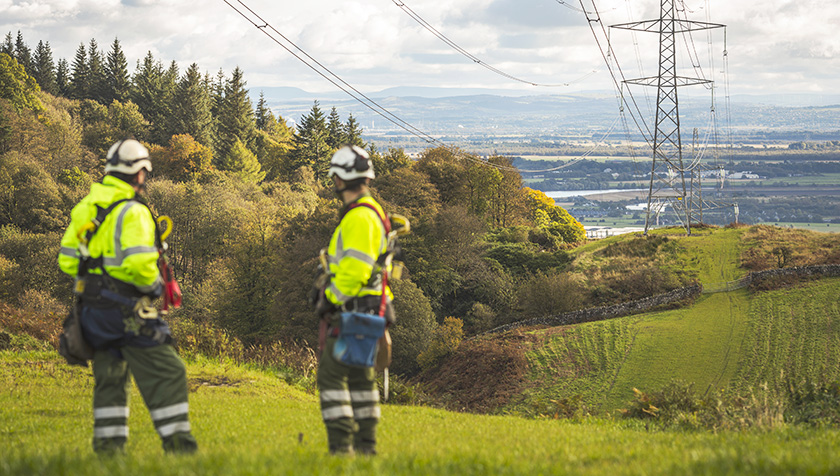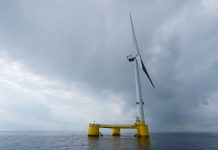Operators of Britain’s power grids have outlined a three-step blueprint to speed up connections awaited by clean energy developers.
An unprecedented 164GW of connection requests were registered in the twelve months to October. That’s equivalent – says the Energy Networks Association – to a second national grid’s worth of generation capacity.
Grid operators represented by the body say they are spending £26 billion in coming years – including £9 billion in the five years to 2026 – to upgrade infrastructure ready for Net Zero.
Steps identified in the ENA’s new action plan to achieve green power connections faster:
- Weeding the applications queue, so plug-ready projects can leapfrog designs months or years from completion. In a two-month blitz until June, the ENA will review accepted permits outstanding from before 2018 , and begin a three-step plan to either advance or purge them.
- Improving co-ordination between transmission operators and DNOs. Clearer technical boundaries are needed, the body says.
- New contract structures for storage customers, ensuring greater flexibility.
56GW of utility-scale batteries are now contracted for connection, says the report, the equivalent of 14 Drax power stations. As much as five times more will be needed by 2030, NG-ESO forecasts.
A problem with grid-scale storage is its need for consistent access but at only infrequent usage. That eats up scarce capacity on power lines, making investment case hard to justify.
Injecting urgency into the connections process is accepted by all sides. To achieve it, the ENA convenes a strategic connections group, comprising heads of all DNOs and the grid, plus representatives from Ofgem and Whitehall.
The grid cos say top level co-ordination is needed to oversee existing connection initiatives at regional level or higher.
“Developers and networks have connected around 50GW of renewable power since the 1990s”, said David Boyer, a director at the ENA. “If we are to meet Net Zero, we need to deliver even more, and do it even faster”.
“Fundamental change is needed”, the ENA official went on. “Through the regulatory regime, we need to overhaul how connections are managed and enable networks to invest in capacity early. This early investment is crucial if we are to connect the massive amounts of renewables and batteries we know are needed in the coming decade”,
Read the ENA plan here.




